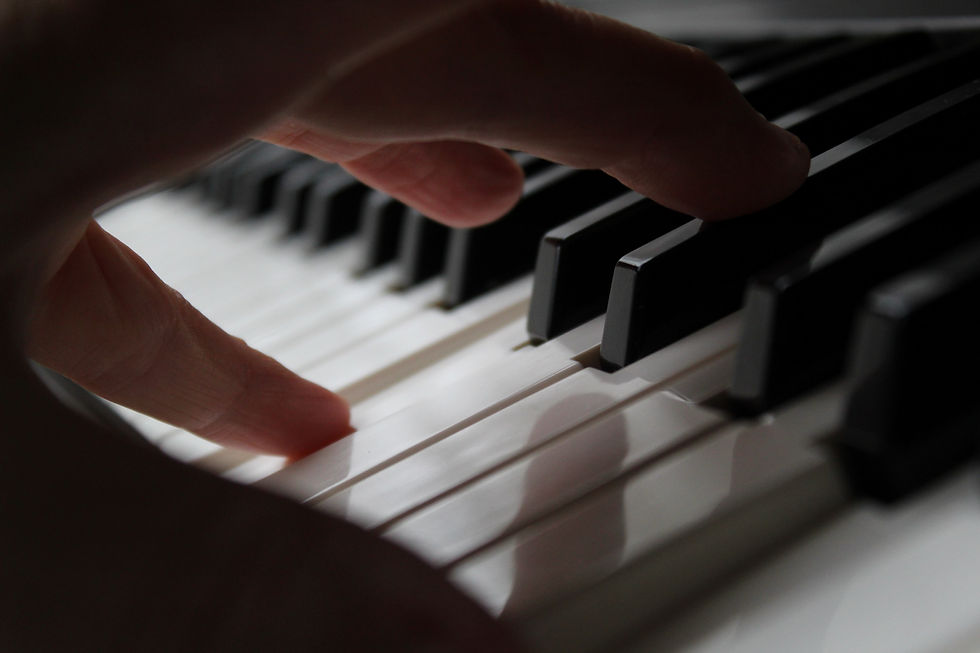Introduction to melody
- Hannah Hawes
- Dec 21, 2022
- 2 min read
Updated: Feb 15, 2024

The most basic form of music is the melody, a singable, linear succession of pitches. Melody has existed since humans began adding pitches to words in chant, and its origin is inseparable from language. As such, melody often imitates the patterns of speech within a culture.
A melody is, in its most intrinsic form, a movement. Just like scales, melodies can be transposed to any starting pitch, and it is the intervals between the notes, or its overall shape, which give it character. Melodies are typically based on a specific type of scale, and usually feature a combination of skips and steps. They are often built around motives — short rhythms, series of pitches, or general melodic shapes which recur and may be modified throughout the melody.
Melodies often revolve around a tonal center. In most Western music, melodies are experienced in reference to the tonic note. Notes have varying levels of attraction or “gravity” towards the tonic note, in part, based on their proximity in pitch. In major and minor keys, notes also possess a secondary level of attraction to scale degrees 3 and 5. Scale degree 2 is drawn to the tonic and scale degree 3. Degree 4 is drawn to degrees 3 and 5. Degree 6 is drawn to 5, although often resolves to the upper tonic by passing through degree 7. Scale degree 3 commonly resolves down to the tonic through scale degree 2, and degree 5 commonly resolves up or down to the tonic by passing through the notes of the scale.
In Western music, the rise and fall of melody often correlates with the rise and fall of speech. Just as we often raise our tone at the end of a question, raising a melodic phrase to a higher pitch (other than the tonic) typically gives an incomplete or unresolved sound. Melodies which fall to the tonic note typically sound complete or conclusive. While phrases do not always follow these shapes, and the final note of a phrase alone can often determine its level of finality; a rise or fall in overall pitch structure can create a more effective departure from and return to the tonic.
Pairing an inconclusive phrase with a conclusive phrase creates a question–answer structure, which is fundamental to Western music. While the question-answer structure is traditionally the most common, conclusive and inconclusive phrases do not always appear back to back. Other common patterns are inconclusive-inconclusive-inconclusive-conclusive, conclusive-conclusive-inconclusive-conclusive, and conclusive-inconclusive-conclusive-conclusive. Just as phrases often occur in pairs, the longer lines, or sentences, they constitute frequently occur in even numbers within a section or song.




Comments